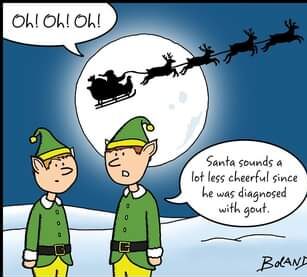A 50-year-old insulin-dependent diabetic was found unresponsive by family. He was taken to the ED and suffered a seizure upon arrival. His blood glucose level was 14. D50 was administered, his sugar level stabilized, and he was discharged home. He returned to the ER less than 48 hours later after again being found unresponsive. He was again given D50 for a low blood glucose and again discharged home. The next morning he was again found unresponsive by family, suffered a hypoxic brain injury, and permanent brain damage necessitating 24-hour skilled nursing care.
The man’s sister filed a lawsuit against the hospital, alleging that there was negligence by discharging the patient twice without determining the underlying cause of his hypoglycemia. The records did not document a change in diet, insulin, or activity level that could account for the findings. Plaintiffs contended that repeated episodes of hypoglycemia caused “hypoglycemic unawareness,” which resulted in a higher tolerance for lower glucose levels. As a result, he might not have exhibited typical hypoglycemic symptoms prior to loss of consciousness. They also alleged that he the hospital failed to recognize the fact that he was taking Lantus (long-acting insulin) which would have warranted admission. The hospital even had a CDU (observation unit) where he could have been watched overnight.
The defense argued that the patient had a documented history of noncompliance which was responsible for his fluctuating glucose levels. This was reportedly documented 37 times in a seven-year period. They further argued that the patient’s failure to take medications as prescribed, follow a proper diet, and avoid alcohol contributed to his repeated development of hypoglycemia.
The jury returned a verdict of $21.4 million for the damages sustained by the patient. This was reduced to $19.1 million after the jury assigned 10% of the fault to the patient.
The fact that this patient had a documented history of hypoglycemia should not have dissuaded treating physicians from taking him seriously. Two visits in 48 hours certainly warrants prolonged observation if not full-blown admission. Discharging this patient twice as such violates one of Khan’s Commandments: if a patient bounces back with a legitimate complaint, double the workup. You did an x-ray for the young person with abdominal pain? Do a CT. You did a CT for the sciatica patient? Consider an MRI. You discharged the chest pain patient? Admit them. And so on. Bouncebacks are taken lightly at your own peril.
If you wish to read more, the case is:
Campbell v. Temple University Hospital. Court of Common Pleas of Philadelphia County, PA. Case No. 090200546. 2011 WL 2595418.




